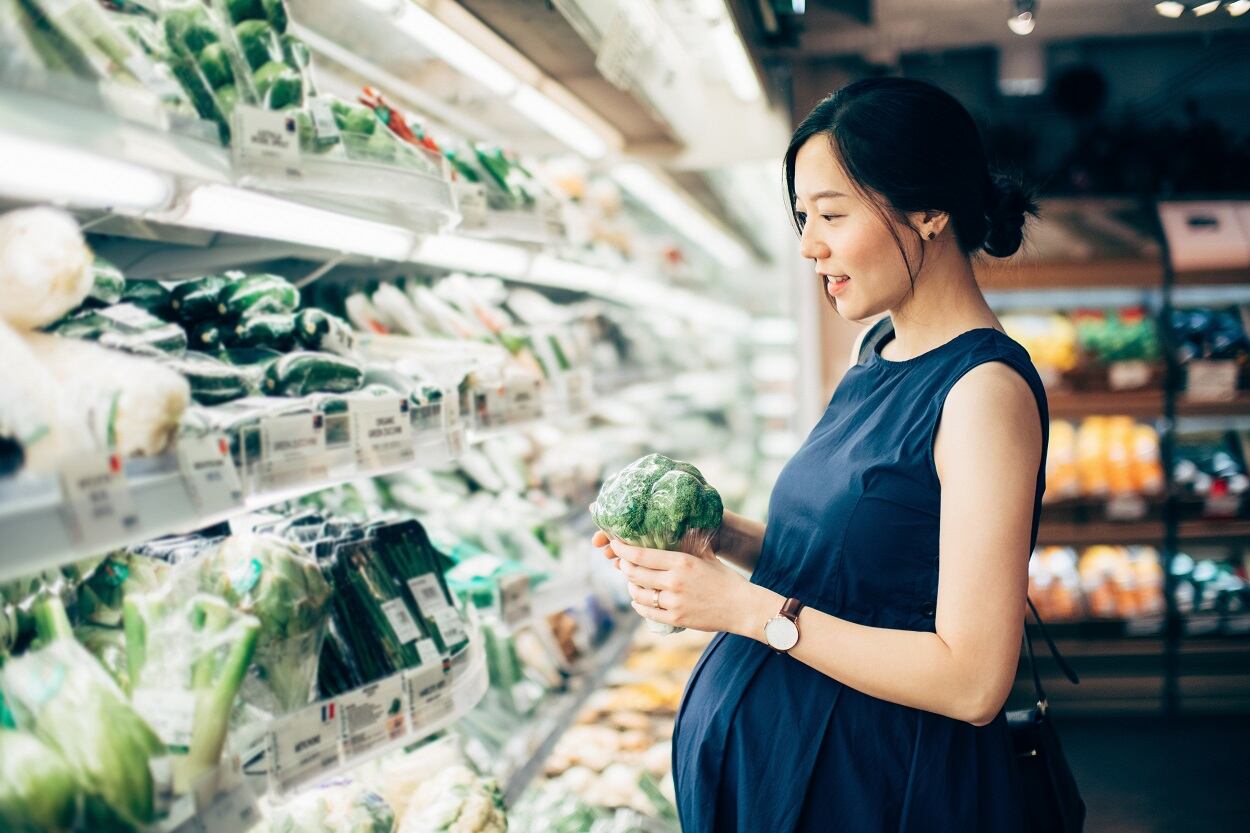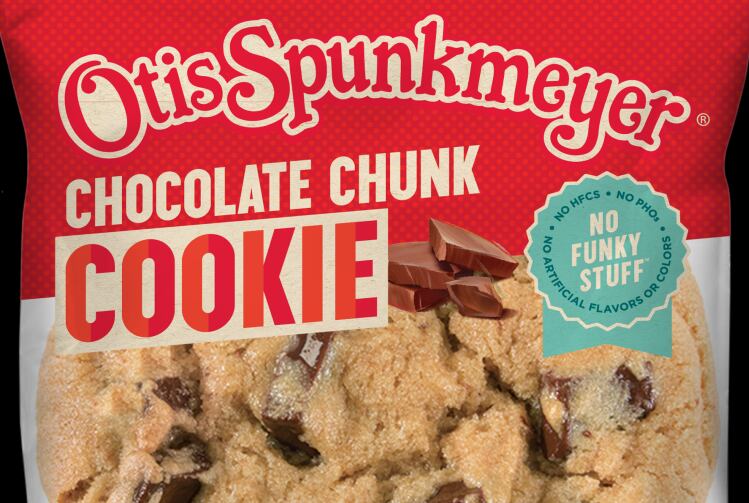The report drew on two primary sources of consumer data. The first being the Packaged Facts National Online Consumer Survey, which includes a panel of 2,000 US adults (18 and older). The second source was Simmons Reports from Simmons Research, LLC, which conducts surveys on an ongoing basis from randomly selected samples of consumers (approximately 25,000 for each 12-month survey compilation).
The Packaged Facts national survey showed that the adult consumers’ understanding of clean label is in line with how the food and beverage industry defines the term, addressing three broad areas of concern: what is in the food, how the food is produced, and who produces it.
Roughly 50% to 75% of all adults agree that clean label food and beverage products boast natural, organic, or animal-welfare credentials, or make other claims to clean label status such as fewer ingredients, better nutrition, or being better for the environment.
‘Clean label consumers are foodies’
“Clean label consumers are significantly more likely than average to enjoy grocery shopping, cook at home, enjoy trying new foods and beverages, and generally incorporate food and eating into their lives in a meaningful and pleasurable way,” Packaged Facts noted in the report.
“They also prefer grocery stores that provide value-added products and add-on services, and hold knowledgeable store personnel in high regard.”
Adult consumers who consider themselves clean label shoppers have “foodie” interests, according to Packaged Facts.
“Adults who buy mainly organic and natural foods are markedly more likely than adults overall to do any or all of the following on a given day: prepare a meal from scratch; order a pizza; use a take-away fresh food meal kit; use a delivery fresh meal kit.
"Organic and clean label consumers are foodies: They enjoy eating foreign, heavily spiced, and gourmet food and prefer food that is presented as an art form. They are also avid cooks and are eager to try new food and drink products.”
With the rise of online shopping options, some consumers are making fewer trips to brick & mortar stores, but this hasn’t proved true for clean label shoppers, who are particularly interested in the store experience, especially in the produce section and are also making multiple store trips to complete their shopping list.
However, when looking at households with young children, the occasion of online shopping increases significantly.
“Natural/organic grocery shoppers aged 25 to 34 and those with children over the age of five are at least 40% more likely to shop online for groceries and fresh foods than the average adult who mainly buys natural/organic,” Packaged Facts noted.
Where are consumers getting their food information?
According to the International Food Information Council Foundation’s 2017 Food & Health Survey, American consumers said that registered dieticians and healthcare professionals are their most trusted sources of information on which foods to eat and avoid.
But in reality, consumers tend to seek out dietary information from friends, families, and websites, said IFIC.
Food items where clean label matters
According to Packaged Facts, findings between 2010 and 2017 found that fresh produce had the highest usage rate of any organic food category tracked by Simmons. Over one-third of shoppers (34%) said they buy organic fruit and 31% buy organic vegetables.
In addition, nearly 30% of households said they purchase organic eggs, an increase of one-third since 2010. Organic milk, while having just half the share of eggs, tripled its household penetration between 2010 and 2017.
Adult consumers consider the sourcing of a food an indication of whether an item is 'clean' or not, with more than 70% of adult organic and natural foods shoppers expressing a preference for regional and local companies over large food corporations.
According to Simmons, the share of adults who make an extra effort to purchase locally grown foods has crept up to 45%, while just under half of adults prefer to eat foods without artificial additives, an all-time high.
“While motivations for clean consumerism can range from nutrition to food safety concerns to political positions, the reason for buying locally tends to be specifically to keep dollars in the community,” Packaged Facts commented.




